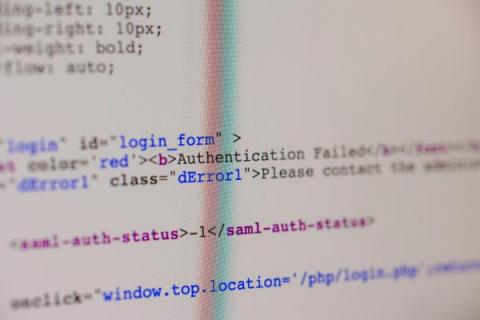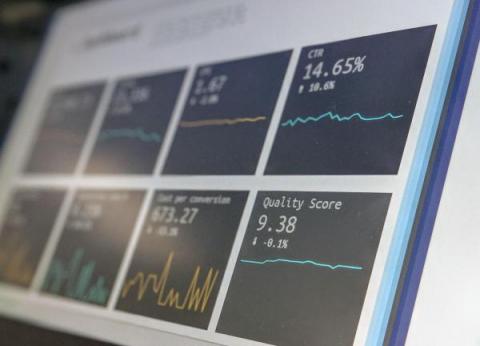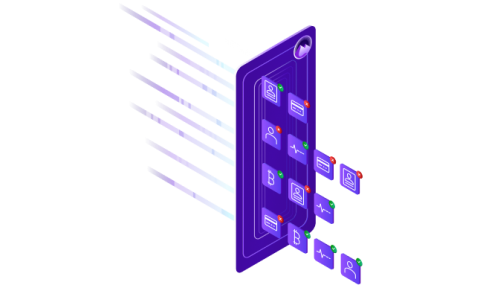Database Security: How Cloud DLP Can Help Protect Sensitive Data
Some of the most damaging data leaks have resulted from poor database security. In March 2020, 10.88 billion records were stolen from adult video streaming website CAM4’s cloud storage servers. In March 2018, 1.1 billion people were the victim of a breach of the world’s largest biometric database, Aadhaar. And, in April 2021, 533 million users had their information compromised when a Facebook database was leaked on the dark web for free.








